Tag: Government/Top Secret
-
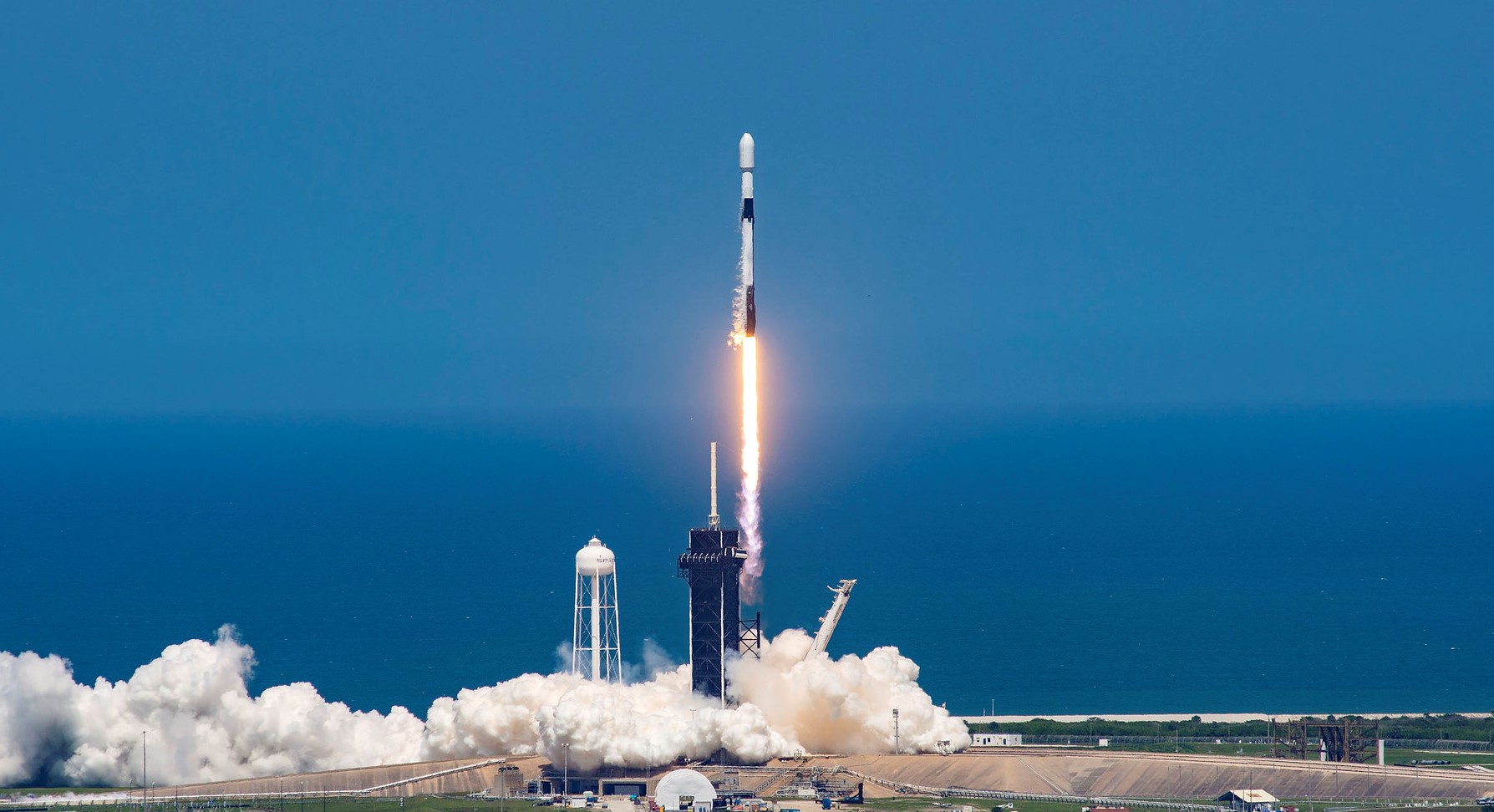
SpaceX | Falcon 9 Block 5 | NROL-146
First batch of satellites for a reconnaissance satellite constellation built by SpaceX and Northrop Grumman for the National Reconnaissance Office to provide imaging and other reconnaissance capabilities.
-
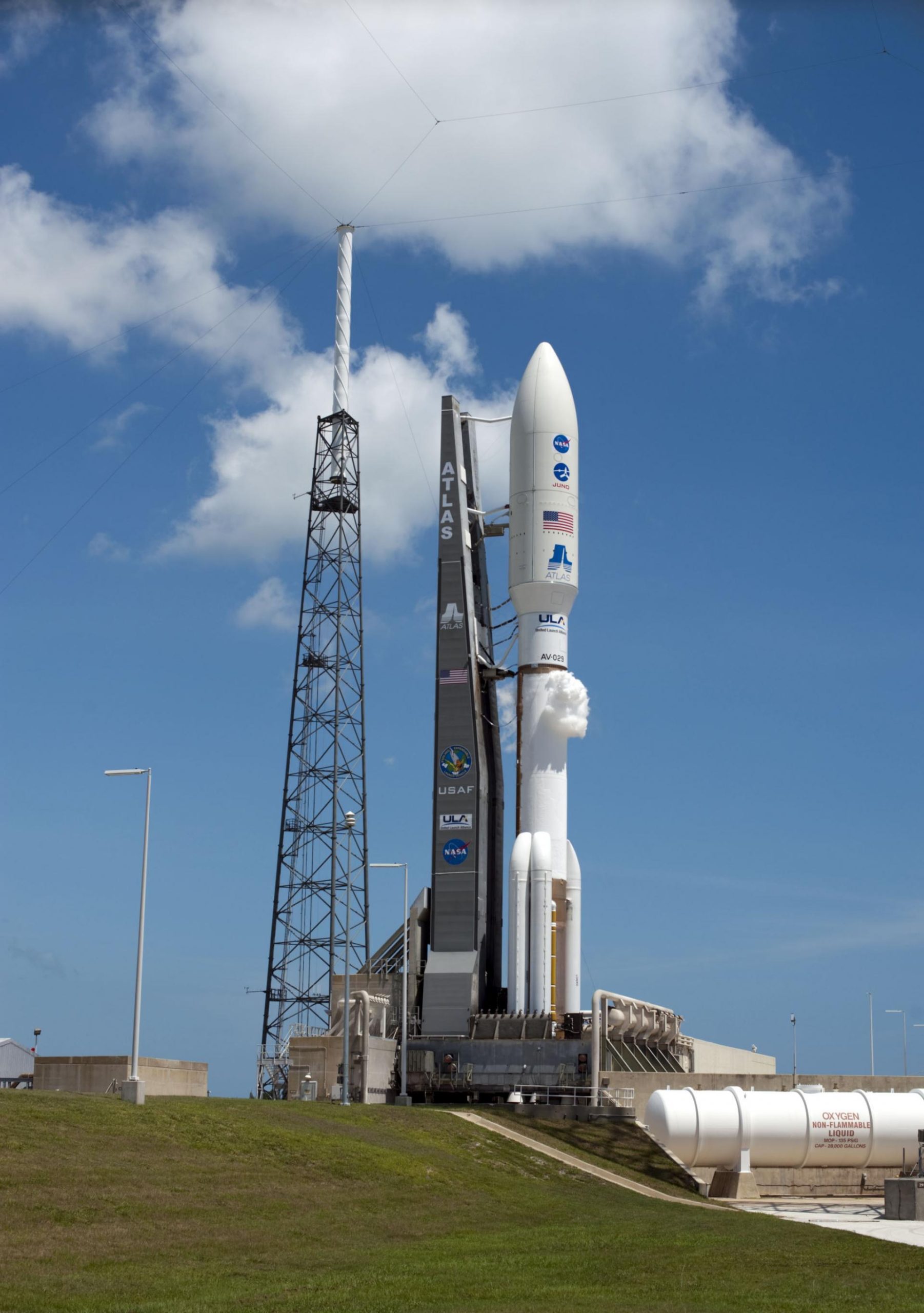
United Launch Alliance | Atlas V 551 | USSF-51
Classified payload for the US Space Force.
-
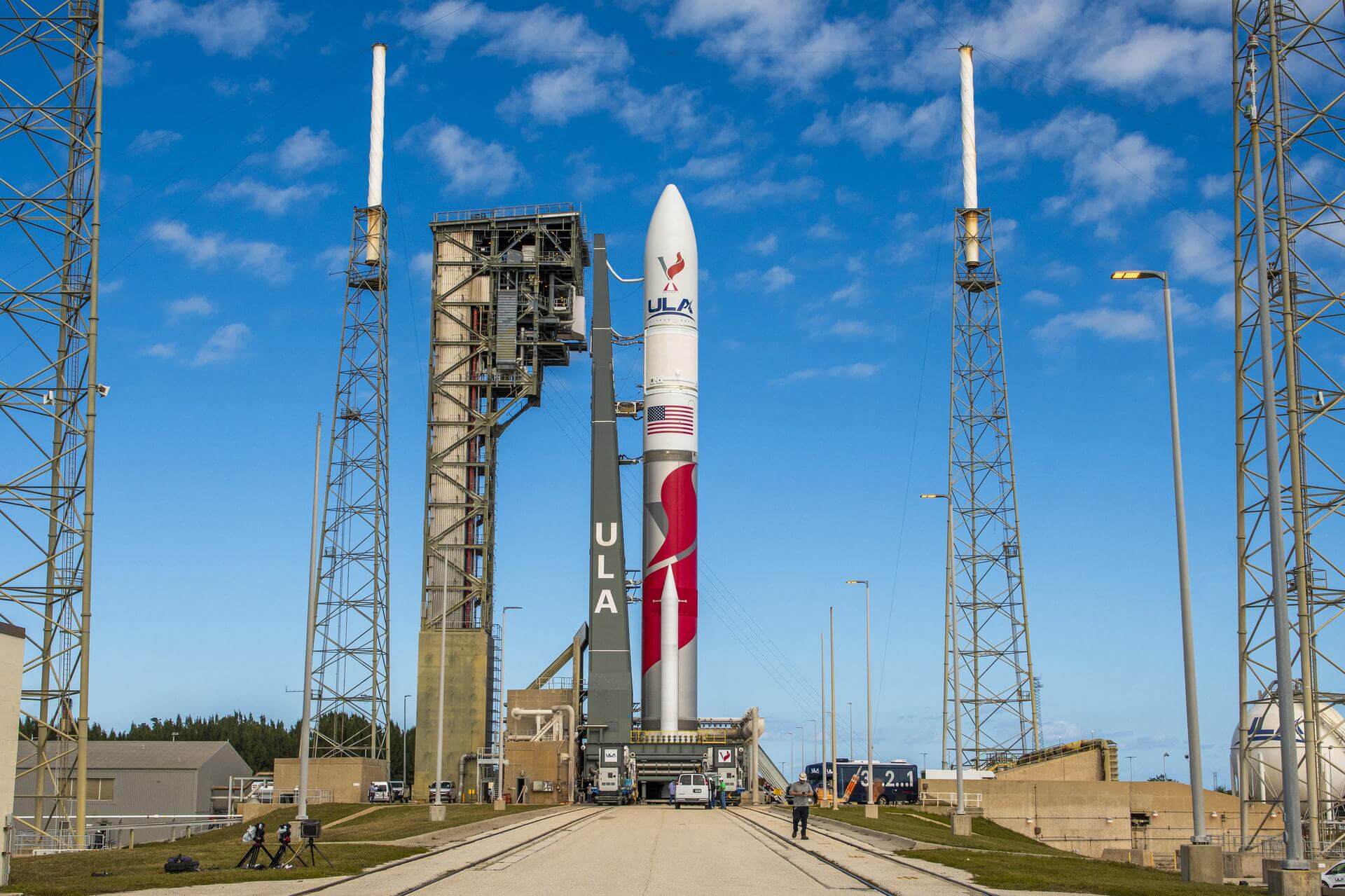
United Launch Alliance | Vulcan | USSF-106
USSF-106 is a mission for the United States Space Force.
-
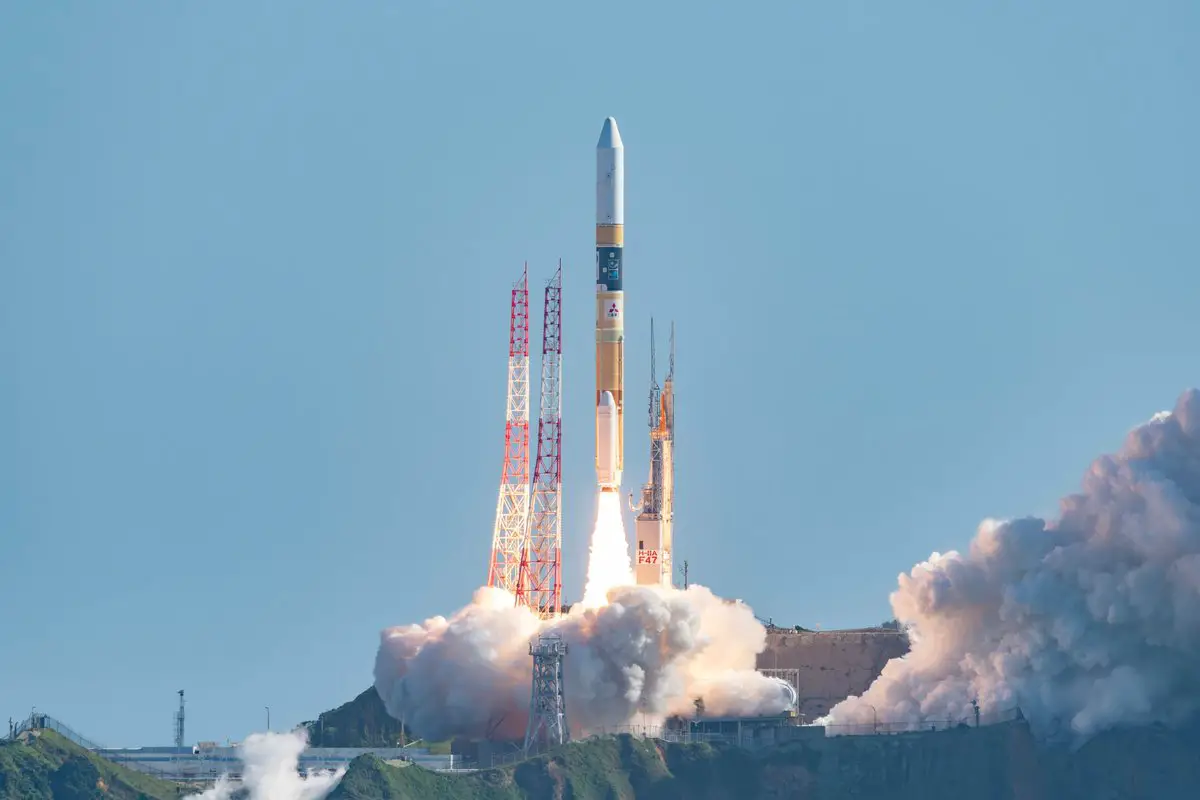
Mitsubishi Heavy Industries | H-IIA 202 | IGS Radar 8
The IGS Radar 8 is a Japanese radar reconnaissance satellite. The satellite is operated by the Cabinet Satellite Information Center. The satellite serves both Japan’s national defense and civil natural disaster monitoring.
-

SpaceX | Falcon 9 Block 5 | SDA Tranche 1 Transport Layer A
First of six missions launched by the Space Development Agency for the Tranche 1 Transport Layer.
-

SpaceX | Falcon 9 Block 5 | 425 Project Flight 3
Note: Name of payload is provisional. Third launch of an ultimately 5 reconnaissance satellites for the South Korean Defense Acquisition Program Administration (DAPA), with 1 synthetic aperture radar (SAR) satellite on this launch. They will be launched to low Earth orbit between 600 and 700 km by 2025, enabling South Korea’s military to…
-
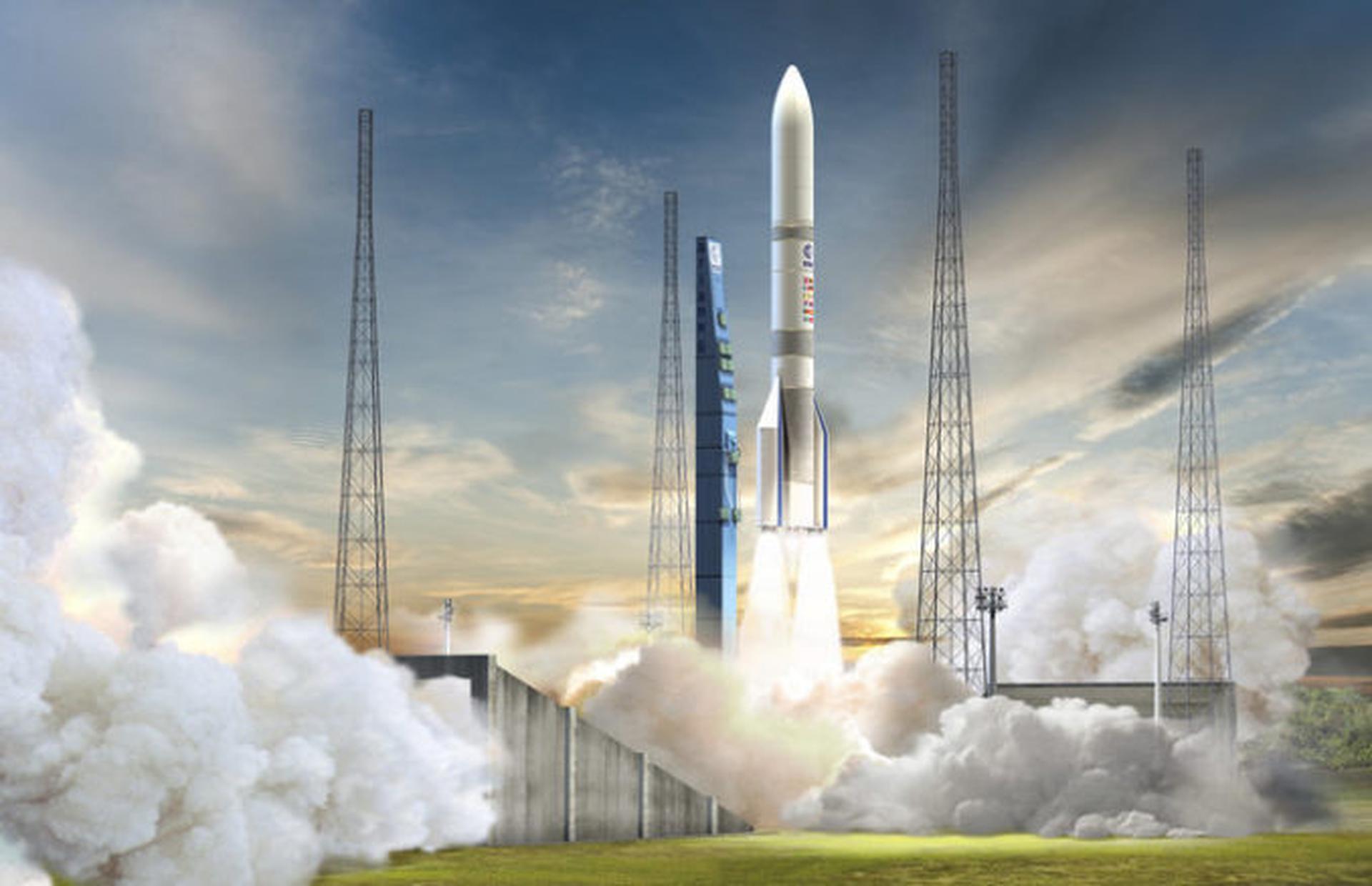
Arianespace | Ariane 62 | CSO-3
The CSO-3 (Composante Spatiale Optique-3 satellite is the third of three new-generation high-resolution optical imaging satellites for the French military, replacing the Helios 2 spy satellite series.